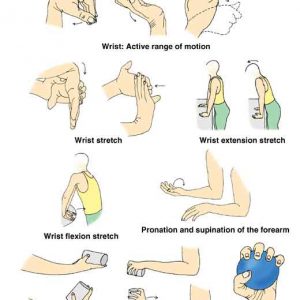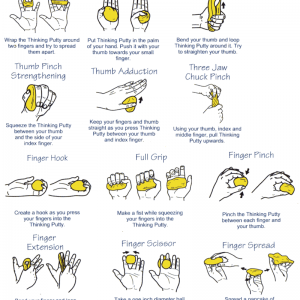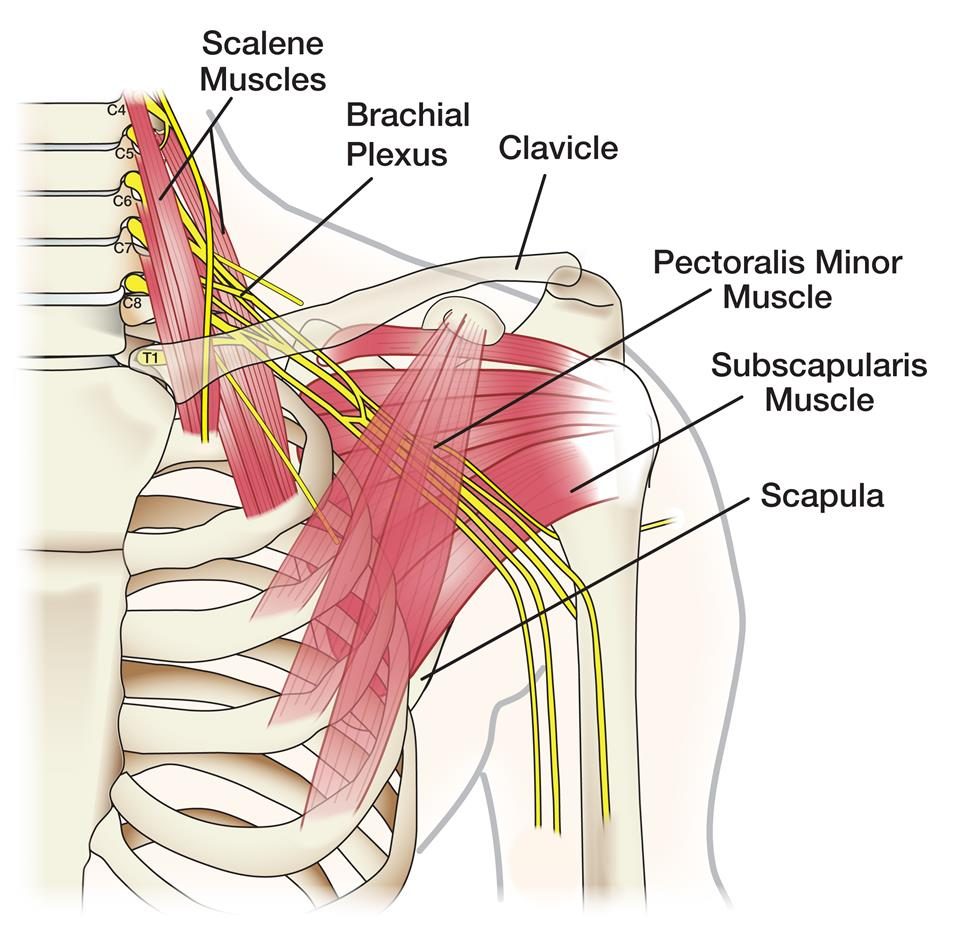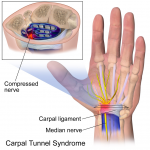SHOULDER JOINT
- This is the most flexible joint in the human body
- This joint is formed by the union of humerus,scapula and clavicle.
- Shoulder is made of 2 separate joints
- (a)glenohumeral joint
- (b)acromioclavicular joint
SHOULDER INJURIES AND DISORDERS
The shoulder injuries include sprains,strains,dislocation,tendonitis,bursitis,rotator cuff injuries,frozen shoulder
Fractures and arthritis.
- Shoulder problems are treated with “RICE”
- R_REST
- I-ICE
- C-COMPRESSION
- E_ELEVATION
Other treatments includes exercises,medicines to reduce pain and swelling.physiotherapy and surgery if other treatment doesn’t works
BRACHIAL PLEXOPATHY
Brachial plexopathy is pain along with decreased sensation in the arm and shoulder due to a nerve problem.
- The nerve usually involved in this case is brachial plexus.
- Damage to the brachial plexus can be caused due to direct injury to the nerve.
- Stretching injuries
- Pressure from tumors in the area
- Damage due to radiation therapy
- Birth defects that put pressure on the neck area
ITs Symptoms:
- Numbness of the shoulder,arm or hand
- Shoulder pain
- Tingling sensation
- Burning pain
- Weakness of the shoulder,arm,hand and wrist
Diagnosis
Test that may be done to diagnose this condition may include
- Blood test
- Chest x-ray
- Electromyogram
- MRI of head neck and shoulder
- Nerve conduction tests
- Nerve biopsy
- Ultra sound
REHABILITATION PROGRAM or PHYSICAL THERAPY
- Preserve range of motion
- Improve strength
- Manage pain
- Early mobilization and icing done at onset of injury
- In subacute phase passive to active motion
- Assisted active range of motion
- Heat,tens,ift,used for predominant symptoms
- Cervical muscle strengthening
- Use of appropriate slings
- Protection of extremities and joints
- Prevention of subluxation
- Cervical pillows and collars may be required.
OCCUPATIONAL THERAPY
- Maintain range of motion in the shoulder.
- Fabricating appropriate orthosis to support the functions of hand.
- Addressing edema control
- Retraining activities of daily living.
EXERCISES:
HAND AND WRIST EXERCISE.
- Hand and finger exercises are safe to do while the affected arm is in a sling
- While your arm is immobilized in a sling you should not move your shoulder or elbow
- Use your other hands to assist movements
- All these movements should be repeated a number of times.

Finger Exercise




